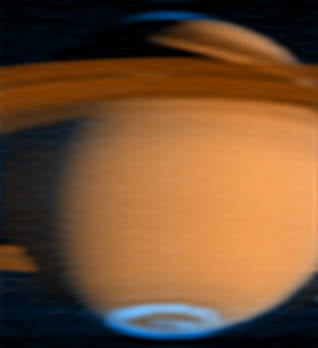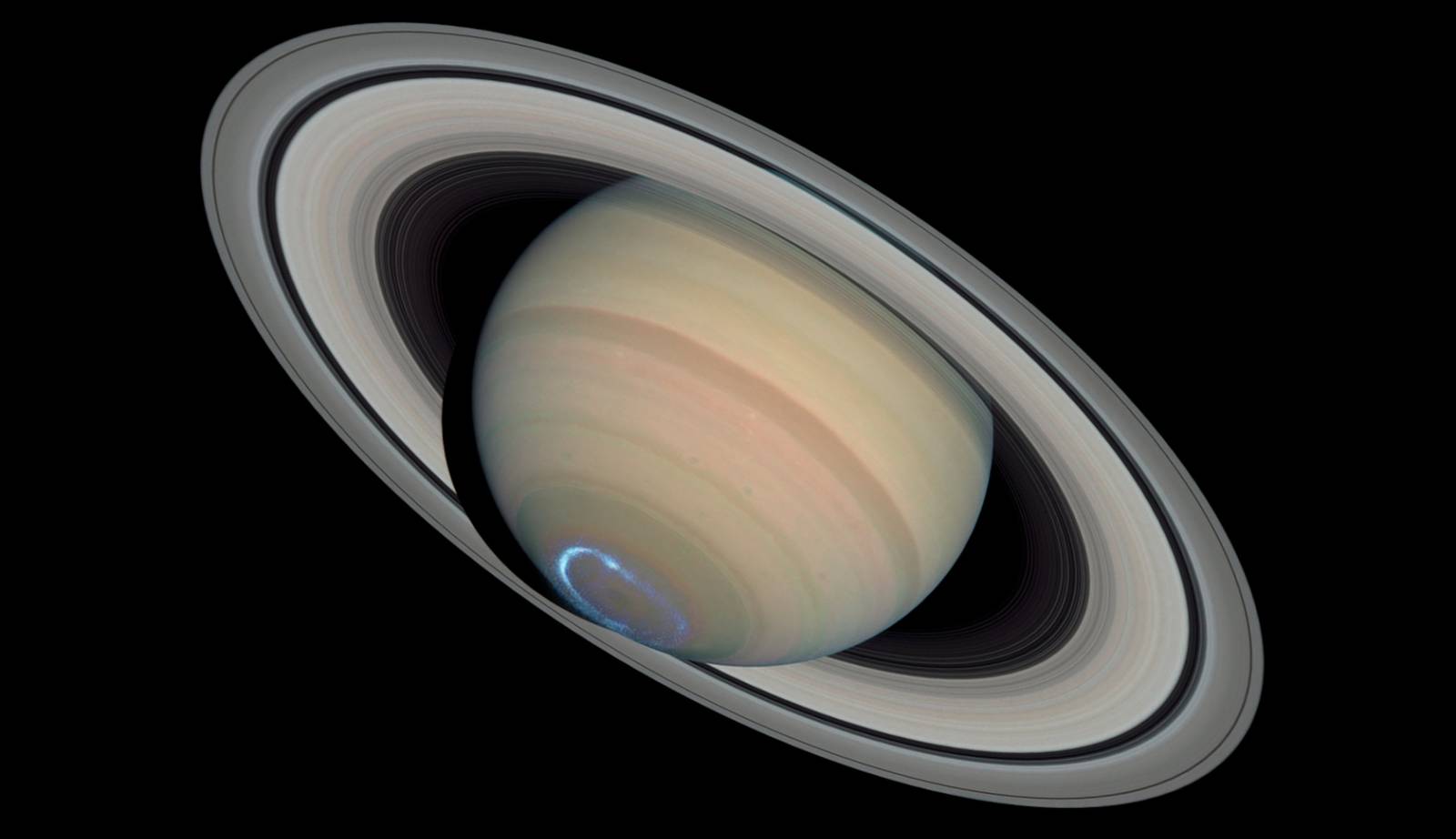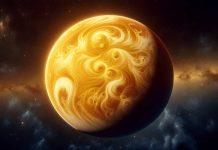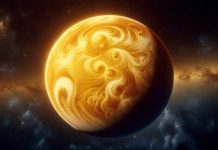The planet Saturn was explored for years by a spacecraft sent there by NASA, named Cassini, which was active until 2017, decommissioning after 13 years of activity. Although the spacecraft is still active on the planet Saturn, those from NASA have collected a lot of data about it, and now they want to explain why the upper part of the planet's atmosphere is so hot in relation to the rest of the surface.
NASA is collaborating with ESA and a former student of the University of Arizona to confirm if the auroras that the planet Saturn has are the main reason why the atmosphere is so hot. The auroras existing there are determined by a constant flow of particles charged by the solar winds that reach the planet Saturn, they interact with the charged particles coming from the moons of the planet, they generate electric currents, and implicitly energy.
Planet Saturn: NASA Could Explain a Very Big MYSTERY

Those from NASA believe that unraveling this mystery can help them not only explain everything that happens in the atmosphere of the planet Saturn, but also what happens on other large planets. It is very possible that apart from Jupiter, on Neptune and Uranus similar phenomena to the one encountered on the planet Saturn will occur, but at the same time it is possible that on other exoplanets similar phenomena will occur, which still do not have an explanation.
"The upper layers of the atmosphere of the gas giants - Saturn, Jupiter, Uranus and Neptune - are warm, just like Earth's. But unlike Earth, the Sun is too far from these outer planets to account for the high temperatures. Their heat source has been one of the great mysteries of planetary science. New analysis of data from NASA's Cassini spacecraft finds a viable explanation for what keeps Saturn's upper layers, and possibly the other gas giants, so hot: the auroras at the planet's north and south poles."
Planet Saturn was a map of the temperature and density of its atmosphere created thanks to the data sent by the Cassini probe, and based on this information the theory of the auroras formed in the atmosphere was created. The solar winds distribute the energy of the poles of the planet Saturn towards the equator, which is heated to twice the normal temperature, and this is how the hot zones in the upper part of the atmosphere there would form, or at least that is what NASA wants to make us understand.
The planet Saturn is currently at the center of projects that have the objective of bringing there a series of new spacecraft designed to closely study its moons, but implicitly the planet as well.

















